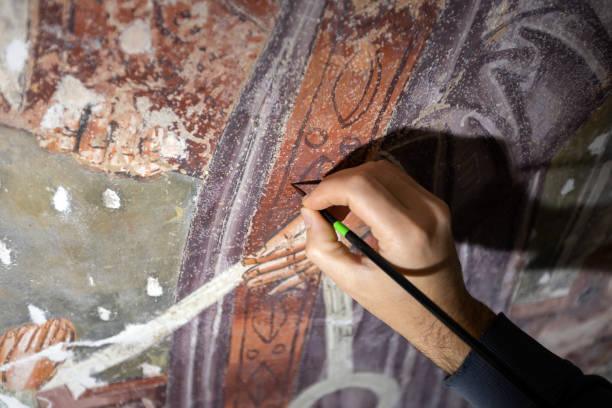Art is a timeless expression of human creativity, capturing emotions, stories, and ideas. From ancient cave paintings to contemporary installations, art holds immense cultural, historical, and aesthetic value. As guardians of these precious works, art professionals and enthusiasts strive to preserve and understand them. In this blog, we will delve into the fascinating world of art examination and documentation techniques, exploring the tools and methods used to uncover the secrets hidden within masterpieces.
The Importance of Art Examination
Art examination serves as the foundation for understanding and preserving artworks. By closely observing and analyzing various aspects of a piece, experts can uncover its historical context, authenticity, condition, and even the artist's intent. Examining art involves a multi-disciplinary approach, combining the expertise of conservators, art historians, scientists, and technicians.
Visual Examination
Visual examination is the first step in the art examination process. It involves carefully studying the artwork's physical attributes, including its composition, brushwork, surface texture, color palette, and overall condition. Close observation under different lighting conditions can reveal hidden details and surface irregularities. Digital imaging techniques, such as high-resolution photography and multispectral imaging, aid in capturing minute details, revealing underlying layers, and assisting in the analysis of pigments and materials.
Technical Analysis
Beyond visual examination, art professionals employ various technical analysis techniques to gain a deeper understanding of artworks. Scientific methods such as X-ray imaging, infrared reflectography, and ultraviolet examination allow experts to penetrate beneath the surface and
explore hidden layers, underdrawings, pentimenti, and previous restorations. These techniques aid in distinguishing between original elements and later additions, providing crucial insights into an artwork's creation process and history.
Material Analysis
The study of materials used in artworks provides valuable information about their authenticity, age, and preservation needs. Non-invasive techniques like X-ray fluorescence (XRF) and Raman spectroscopy help identify pigments, binders, and other materials present in the artwork. This analysis facilitates the identification of any alterations, repairs, or substitutions that might have occurred over time. Furthermore, it assists conservators in making informed decisions regarding the appropriate conservation and restoration treatments.
Documentation and Cataloguing
Accurate documentation is vital for the preservation and study of art. Detailed records are created during the examination process, including written descriptions, condition reports, and visual documentation. Photographs, both macro, and micro, serve as essential references for future analysis and aid in tracking any changes or deterioration in the artwork over time. These records are archived and form the basis for research, provenance research, and exhibitions.
Digital Technologies and Augmented Reality
In recent years, digital technologies have revolutionized art examination and documentation. High-resolution digital imaging, 3D scanning, and virtual reconstructions allow for comprehensive and immersive analyses. Augmented reality (AR) applications enable viewers to experience artworks in interactive and dynamic ways, unlocking new dimensions of interpretation and understanding.
Conclusion
Art examination and documentation techniques serve as the gateway to unraveling the mysteries hidden within artworks. Through meticulous visual examination, technical analysis, material investigation, and digital advancements, art professionals gain valuable insights into an artwork's history, condition, and artistic intent. These techniques not only aid in the preservation of cultural heritage but also contribute to the ongoing dialogue surrounding art appreciation and scholarship. By combining traditional expertise with cutting-edge technologies, the world of art examination continues to evolve, ensuring the preservation of our artistic heritage for future generations to enjoy. Through the careful application of these techniques, we can unlock the stories and secrets of art, fostering a deeper appreciation for the beauty and significance of these masterpieces.


